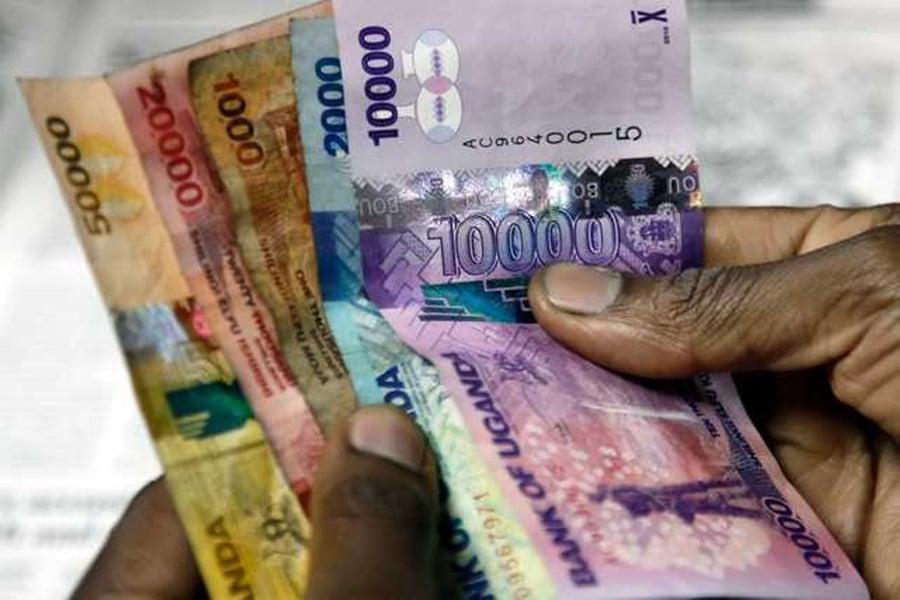Africa-Press – Uganda. The Ugandan shilling made modest gains in Friday’s 27th June trading session, buoyed by improved investor sentiment and a softer US dollar.
The local currency recovered from mild losses earlier in the week to trade just under the critical 3,600 mark against the greenback, reflecting renewed market optimism.
The shift in sentiment followed signs of de-escalation in the recent Israel-Iran conflict, which had rattled global markets. With geopolitical tensions easing, risk appetite improved, prompting a wave of dollar selling by portfolio investors and boosting demand for emerging market assets, including the Ugandan shilling.
Globally, the US dollar came under further pressure, slipping to multi-year lows amid growing concerns over the independence and credibility of the Federal Reserve.
The pressure intensified after former US President Donald Trump floated the idea of naming a new Federal Reserve Chair well before the expiration of Jerome Powell’s current term.
Analysts warn that any perceived political interference in the Fed’s leadership could shake investor confidence in US monetary policy, fuelling further weakness in the dollar.
Locally, the outlook for the shilling remains stable, supported by resilient inflows from exports, remittances, and cautious monetary policy.
Analysts highlight the macroeconomic benefits of this stability, including low inflation, cheaper imports, and enhanced investor confidence.
Stephen Kaboyo, Managing Director at Alpha Capital, said the shilling’s performance reflects both external and domestic stability.
“The shilling continues to show remarkable resilience. Its current stability is not just a reflection of market sentiment, but also underlying macroeconomic fundamentals and improving investor confidence. However, fiscal prudence remains essential, especially in this election period,” Kaboyo noted.
Adding to the discussion, regional economist David Mureithi commented on Uganda’s relative performance within East Africa.
“Compared to its regional peers, Uganda’s currency has remained notably stable. The Kenyan shilling, for example, has faced persistent depreciation pressures linked to external debt and political uncertainty,” Mureithi said.
“Uganda’s disciplined approach to monetary policy gives it a comparative edge, but there is no room for complacency.”
While the environment appears favorable, markets remain cautiously optimistic. Analysts are watching the government’s spending patterns ahead of the elections and its commitment to debt sustainability—two key factors that could either support or undermine the current momentum.
As Uganda navigates both global headwinds and domestic political pressures, the shilling’s outlook will depend on maintaining sound economic policies and sustaining investor trust.
For More News And Analysis About Uganda Follow Africa-Press






